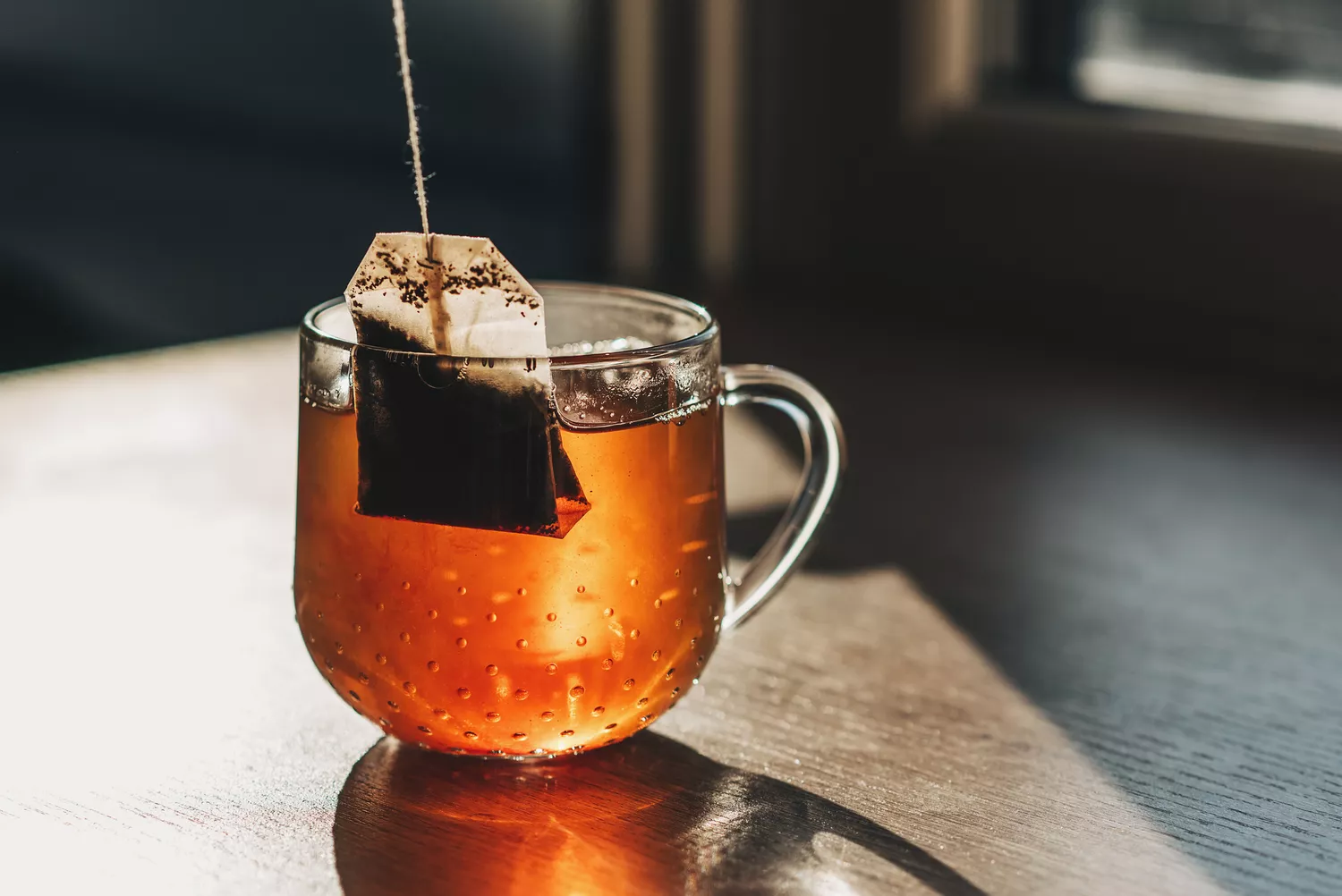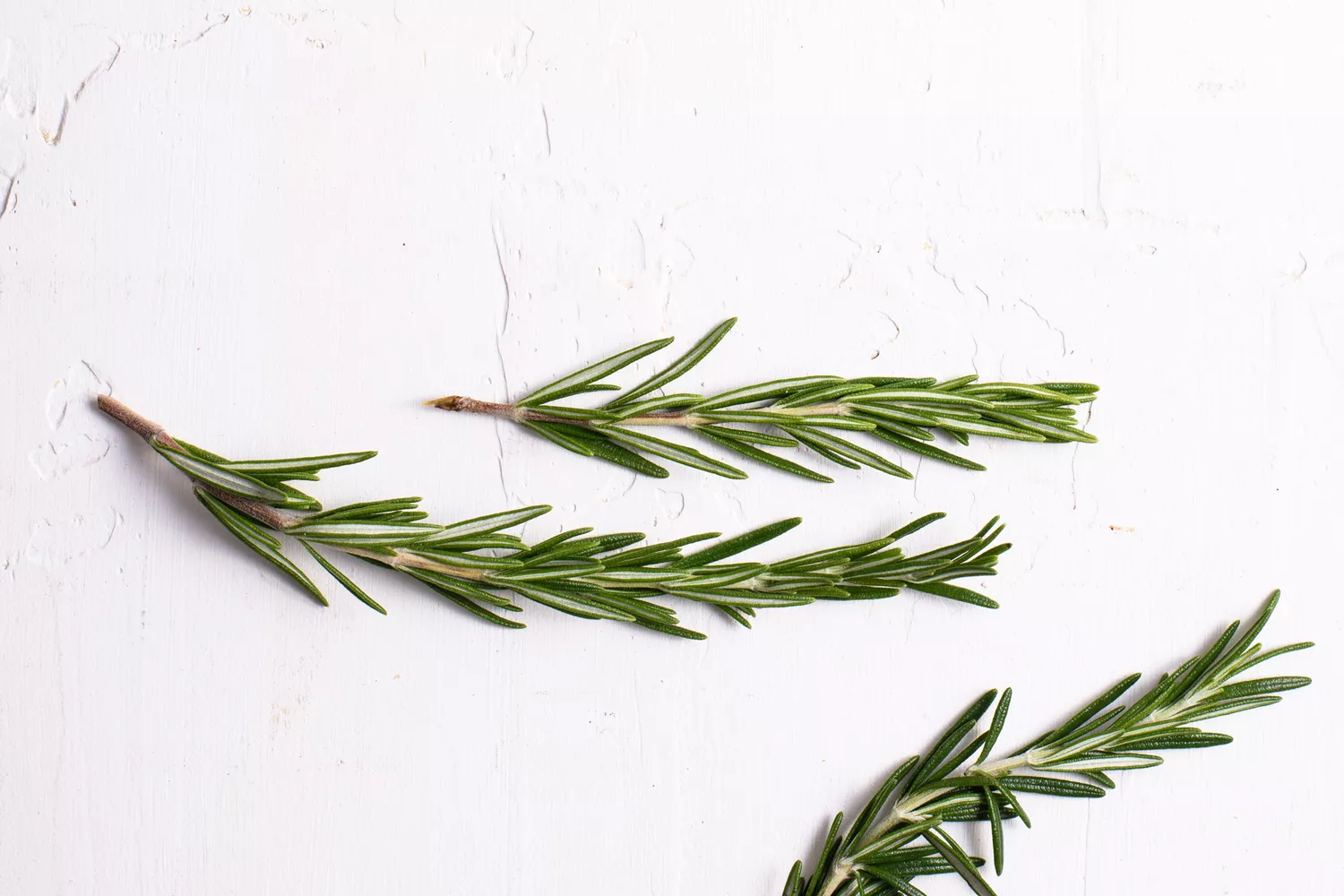When it comes to tea, antioxidants usually occur, and rightfully so. However, the argument over which range transcends– black or eco-friendly– continues. Black and eco-friendly tea share lots of similarities; both are popular beverages with an abundant background, and both stem from the Camellia Sinensis plant, whose fallen leaves have actually been utilized for countless years for medicinal functions.
Black and eco-friendly tea deal comparable wellness benefits, from boosting awareness to shielding heart health and possibly decreasing cancer cells risk as a result of their rich antioxidant content.1 Yet, despite their shared origin, the differences hinge on their production, processing, and brewing methods, which generate distinct shades and wellness benefits associated with each tea kind.
Below, a registered dietitian clarifies this procedure, explaining the advantages of black and environment-friendly tea to help you figure out which is the appropriate mixture for you.
Processing Makes the Difference
Black Tea
Black tea undergoes oxidation, unlike green tea, which does not, distinguishing both types. To oxidize the leaves, they are subjected to air to trigger the oxidation procedure, much like an apple or banana transforms brownish when neglected for also long. This procedure triggers the fallen leaves to transform brown and therefore magnifies the flavor of the ended up item.1.
Green Tea.
Environment-friendly tea, on the various other hand, is minimally oxidized, which protects its all-natural light green shade and more fragile taste. Green tea is popular for its health and wellness benefits, including its anti-cancer homes.1.
Taste Account and Aroma.
Black Tea.
Black tea is solid and vibrant in flavor. Depending on mixture time, it can vary in shade from brownish-yellow to dark brownish, and its tastes can vary from sweet to mouthwatering based on how much time it was oxidized. Various other kinds of black tea are called malty, fruity, smoky, and spiced in flavor and fragrance.

Green Tea.
Environment-friendly tea has among the widest taste and scent accounts of any kind of tea type. Its tastes are normally called grassy, vegetal, nutty, and flower. Green tea has a much lighter, much less astringent taste than black tea.
High levels of caffeine Web content.
Black tea typically has a greater caffeine content than eco-friendly tea. One cup of black tea includes about 47 milligrams of caffeine, whereas an 8-ounce cup of environment-friendly tea consists of 30-50 milligrams of high levels of caffeine, making both teas reduced in high levels of caffeine than a cup of coffee. While environment-friendly tea is lower in caffeine, it likewise has L-theanine, an amino acid that might advertise mental emphasis and potentially mitigate the caffeine anxieties.
Health and wellness Perks.
Shared Benefits.
While the processing of black and eco-friendly tea varies, they supply comparable health benefits. Both teas are abundant in a group of anti-oxidants called polyphenols, which are believed to be cardioprotective. Studies reveal that both kinds of tea assistance to lower LDL, or “negative” cholesterol and triglycerides, and evaluation researches reveal that alcohol consumption black and eco-friendly tea day-to-day might be effective in lowering high blood pressure.3 In addition, up to 3 mugs of black or green tea everyday is revealed to reduce the danger of cardiovascular disease and stroke.4.
As formerly discussed, both black and eco-friendly teas consist of high levels of caffeine, which might help increase mind feature. Caffeine may additionally advertise the launch of dopamine and serotonin, mood-enhancing neurotransmitters in the mind. Additionally, both environment-friendly and black teas contain L-theanine, which is believed to stabilize the results of caffeine by bringing about an unwinded however sharp state.5 Some individuals find this benefit extra desirable contrasted to the potentially anxious awareness that coffee can supply.
Due to their antioxidant residential properties, green and black tea are thought to be effective anti-inflammatory representatives. Continuous research reveals that eating environment-friendly and black tea on a regular basis may decrease the risk of prostate, breast, skin, and lung cancer cells, in addition to rheumatoid arthritis.
Prospective Differences.
Both green and black tea include flavonoids, a subgroup of polyphenols, but the types and quantities they contain differ. Green tea contains a high quantity of a compound called epigallocatechin-3-gallate (EGCG), whereas black tea is an abundant source of the flavonoid theaflavin. EGCG is a potent antioxidant most likely responsible for a lot of green tea’s wellness benefits. These consist of possible protection versus cancer cells and Alzheimer’s condition. EGCG might additionally provide liver defense and aid in the prevention of non-alcohol fatty liver disease. It likewise consists of anti-microbial residential properties and applies a calming effect.7.
Theaflavins, the flavonoid unique to black tea, are created in the oxidation procedure. They are effective anti-oxidants that shield fat cells from damages by totally free radicals. They are also cardioprotective, shielding the heart and capillary from plaque development by decreasing swelling. Studies likewise reveal they may play a handy duty in reducing cholesterol and blood sugar.
Selecting Your Perfect Mug.
So, just how do you select between black and eco-friendly tea? For starters, taste preference must lead your selection, If you favor a milder, grassy flavor, choose eco-friendly tea. If you like stronger and bolder tastes, you may choose black tea. You will certainly also want to take into consideration the desired impacts. Green tea offers an extra soothing result because of its higher L-theanine material. If high levels of caffeine is a variable to think about, both consist of comparable quantities and much less than coffee.
When it comes to obtaining the most out of your tea, proper brewing techniques are key. For black tea, guarantee you bring water to steaming (212 degrees F) and high your tea sachet for 5 mins for the most robust and savory cup of tea. You can personalize your flavor by making more tea leaves for a more powerful flavor. While it is not suggested to high the tea for longer than 5 minutes for flavor adjustments, the longer you steep your tea, the even more caffeinated it comes to be. Darker and robust black teas couple well with milk and plant-based milks. Lots of people add sweeteners, although the kind and amount you include are based upon your certain taste choice and dietary objectives.
Compared to black tea, green teas steep at a lower temperature for less time. For the best mug of environment-friendly tea, bring your water to 185 levels F, put 8-10 ounces of water right into your teacup, and steep for 3 minutes. You can personalize your taste by steeping your green tea for a much longer or shorter time.


